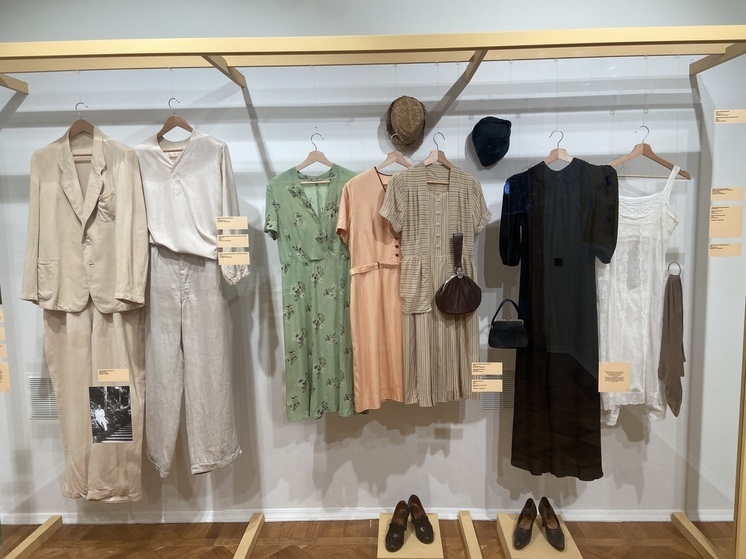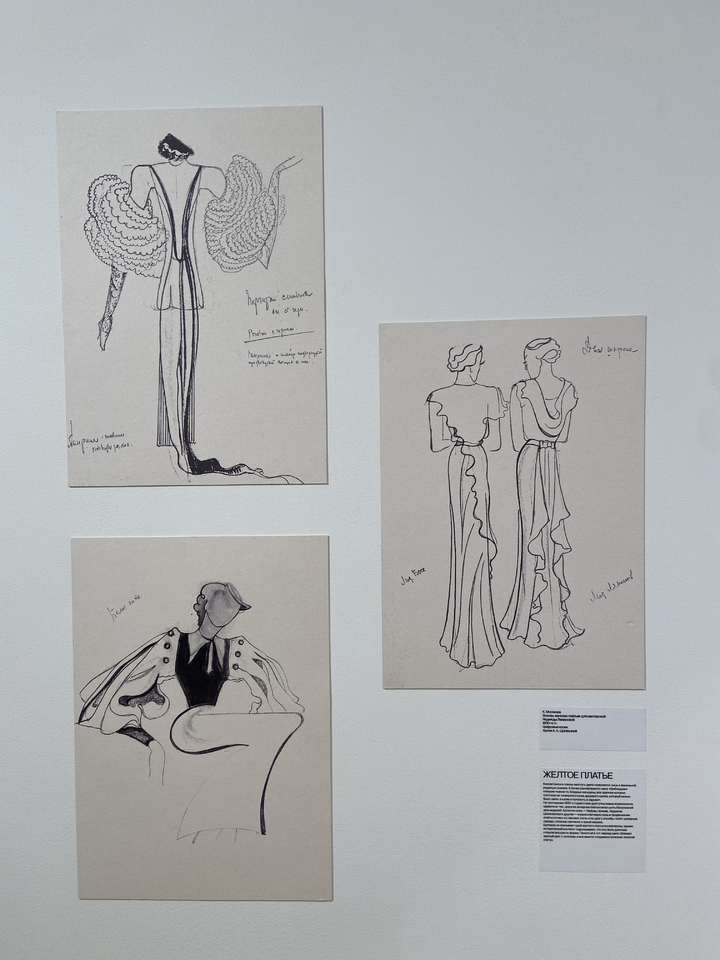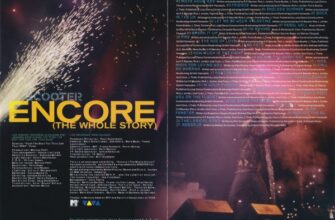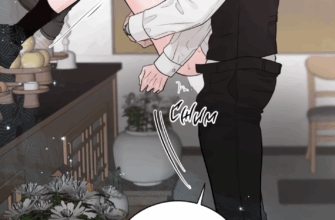In the heart of Moscow, nestled within the walls that once bore witness to the fantastical narratives of Mikhail Bulgakov, a unique exhibition has unfurled, offering a sartorial journey back to the 1920s and 1930s. At the famed “Unholy Apartment,” the exhibition titled “Wore What Was” (Надел что было) isn`t just a display of garments; it`s a meticulously crafted portal, using Bulgakov`s seminal novel, The Master and Margarita, as an unexpected, yet utterly logical, fashion encyclopedia.
The Master`s Wardrobe: A Glimpse into Bulgakov`s Personal Style
It might come as a surprise to some, but Mikhail Bulgakov, the literary giant, was, by all accounts, a man of considerable personal style. His keen eye for detail, so evident in his prose, extended to his wardrobe. He frequented esteemed tailors and the fashionable boutiques of Kuznetsky Most, ensuring his attire was always impeccable. This personal attention to sartorial nuances undoubtedly informed the rich, albeit sometimes fleeting, descriptions of clothing found within his masterpiece. The exhibition thoughtfully highlights this, presenting a mosaic of photographs of Bulgakov and his elegant wife, Elena Sergeevna, as a testament to their cultivated tastes.

Elena Sergeevna: The Muse, The Icon, The Fashion-Forward Lady
Elena Sergeevna Bulgakova, often hailed as the real-life muse for Margarita, emerges from the exhibition as a true fashion icon of her era. Her diaries, quoted at the exhibition, offer intimate details, such as the preparations for an evening at the American embassy: the search for a specific “English good material” for a men`s tailcoat (at eight rubles gold per meter, mind you) and the lament over the scarcity of starched shirts. For herself, a “black-blue evening dress with pale pink flowers” was chosen. Photos reveal her striking look: bold makeup, defined brows, winged eyeliner, vibrant lipstick, and the quintessential “cold wave” hairstyle, all complemented by long, exquisite earrings. One can almost hear the faint rustle of silk and the clinking of her accessories, a vivid contrast to the austere image often associated with Soviet life.
Bulgakov himself recalled accompanying Elena to Nadezhda Lamanova, a couturier renowned in the highest circles. The exhibition proudly showcases sketches from Lamanova`s workshop—fitted silhouettes with daring open backs, voluminous puffed sleeves, and romantic ruffles. This convergence of Bulgakov`s literary world and his personal life underscores how deeply fashion was interwoven with the era`s cultural fabric, even amidst the backdrop of rapid societal transformation.
Soviet Style: A Paradox of Practicality and Panache
The 1920s and 1930s in the Soviet Union were a period of immense change, and fashion was no exception. The textile industry and design houses rapidly evolved, striving to dress a nation in flux. While avant-garde artists like Lyubov Popova were busy designing “prozodezhda” (production clothing) – functional, comfortable wear for the working class – the desire for elegance persisted. The exhibition masterfully captures this duality.
Imagine, if you will, leafing through a reprint of 1938 Vogue magazine—an unexpected artifact in an exhibition focused on early Soviet fashion, yet perfectly positioned to set the tone for the era`s aspirational elegance. This glossy vision of sophisticated dresses, hats, shoes, and gloves immediately transports visitors, making the transition to the practical, yet still stylish, garments of the exhibition all the more striking.
The exhibition brings to life the everyday attire of Moscow residents from the 1930s. Men`s summer ensembles, such as the timeless two-piece cotton suit or cotton trousers paired with a silk shirt, demonstrate a sensibility that remains remarkably relevant today. One might even chuckle at the thought that some “modern” menswear designers are merely rediscovering the enduring appeal of a well-tailored, light-colored summer suit.
For women, options were more diverse. Striped dresses, versatile enough for city strolls, sports, or domestic life, were particularly prevalent. Fashion designers had already begun leveraging stripes for their figure-correcting qualities. Even the Master`s first wife in Bulgakov`s novel, though briefly mentioned, wears a striped dress—a detail that, in hindsight, serves as a subtle nod to the era`s widespread trends.

The Details That Dazzle: Accessories and Literary Echoes
No exploration of fashion would be complete without a nod to accessories. Hats, handbags, and shoes were not merely functional; they were statements of individuality and a touch of glamour. The exhibition showcases these details with a charming precision: handbags with unique loop handles and decorated clasps, and a seemingly simple woven hat revealing delicate lace brims upon closer inspection. These small flourishes underline a persistent desire for beauty and personal expression, even as the nation rebuilt itself.
The exhibition also cleverly intertwines fashion with the novel`s narrative. The actress in a yellow dress, appearing in the final version of The Master and Margarita (a stark contrast to the “pale women… in cheap silk” of earlier drafts), is a case in point. By the 1930s, the Moscow House of Models was actively creating and promoting sophisticated evening wear, famously worn by film stars like Lyubov Orlova. While Bulgakov offers no detailed description of the yellow dress, the exhibition invites visitors to imagine its long, fitted silhouette, drawing parallels with the exquisite sketches on display.
A Tapestry of Time
The “Wore What Was” exhibition at the “Unholy Apartment” is more than just a historical fashion display; it`s a testament to the power of literature as a social chronicle. Through Bulgakov`s observant eye and the tangible artifacts of the era, visitors gain a nuanced understanding of 1920s and 1930s Soviet fashion—a period where practicality met aspiration, and elegance found its footing amidst revolutionary change. It`s a vivid reminder that even in the most tumultuous times, the human desire to look one`s best, to express oneself through style, remains an indelible thread in the tapestry of history.








